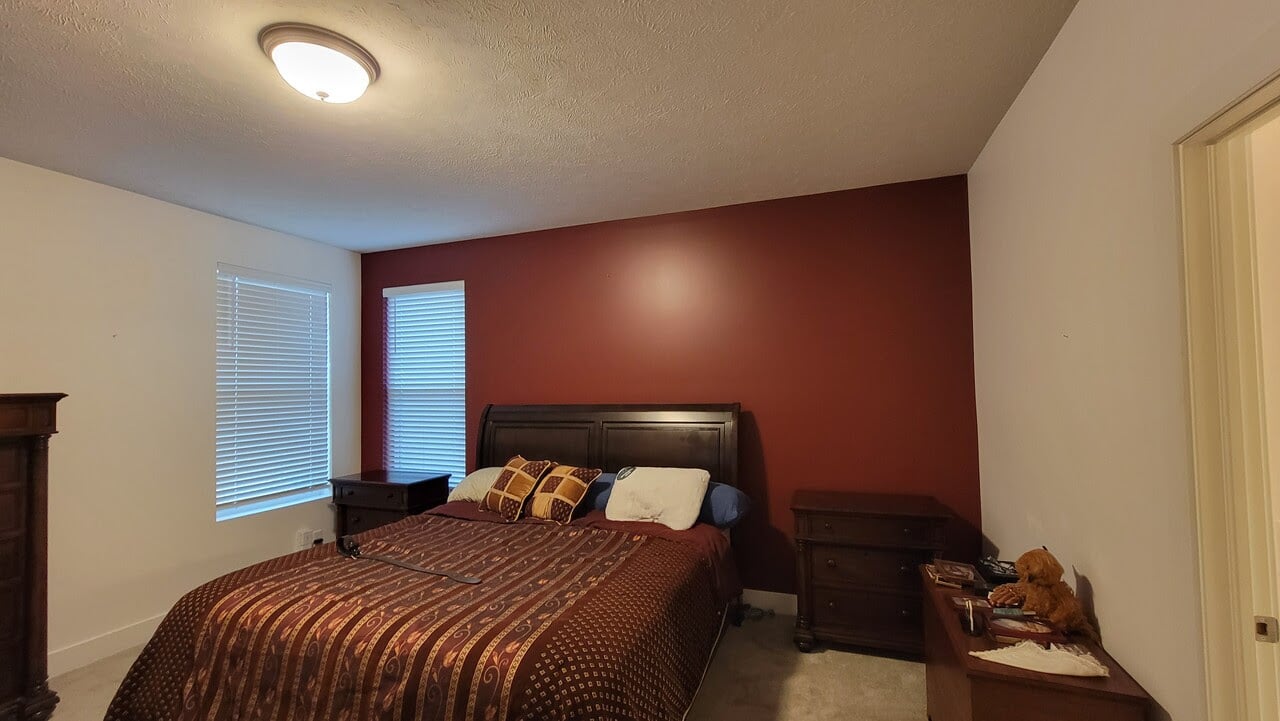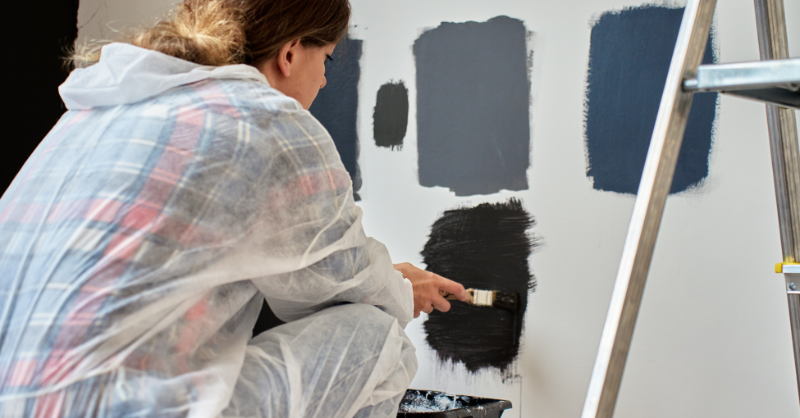Interior Paint Colors That Can Negatively Affect Your Mood
June 19th, 2024
4 min read
-Jun-19-2024-09-30-33-1699-PM.png?width=800&height=418&name=Blog%20Post%20Image%20Size%20(2)-Jun-19-2024-09-30-33-1699-PM.png)
Many people, whether they realize it or not, are mentally and emotionally impacted by their surroundings.
The colors in our living spaces can significantly influence our moods, and sometimes, the wrong choice of paint can turn an otherwise pleasant room into a source of stress and discomfort.
At Brush & Roll Painting, we understand the impact that the right, or wrong, color can have on you and your space. With 25+ years of experience in helping Omaha homeowners transform their spaces, we’ve seen firsthand how the right color choices can enhance the comfort of a home.
In this article, we will explore how certain paint colors can negatively affect your mood and why this happens to some people more than others. We will discuss the emotional effects of various colors, the reasons behind these reactions, and suggest areas in your home where these colors might be particularly impactful. By the end of this article, you’ll have a better understanding of how to choose the right colors for your home to create a more positive and uplifting environment.
Understanding Color Psychology for Paint Colors
Color psychology is the study of how colors affect human behavior and emotions. Different colors can evoke different feelings and reactions, and this effect can vary from person to person based on individual experiences and cultural backgrounds. For some people, especially those who are highly sensitive to their surroundings, the colors in their environment can have a pronounced impact on their mood.
Why Some People Are More Affected by Paint Colors
People who are highly sensitive to their environment, known as Highly Sensitive Persons (HSPs), are more likely to be affected by the colors around them.
HSPs tend to process sensory information more deeply, making them more aware of subtle changes in their surroundings. As a result, they may experience stronger emotional responses to colors that might not affect others as significantly. This heightened sensitivity can make certain paint colors in their homes particularly distressing or overwhelming.
Paint Colors That Can Negatively Affect Your Mood
1. Bright Red Paint Colors
-
- Effect on Mood: Some shades of red can be a very intense color that can evoke strong emotions. While it is often associated with excitement and passion, it can also lead to feelings of anger and agitation. The stimulating nature of red can increase heart rate and cause anxiety in some people.
- Where to Avoid: It's best to avoid using red in bedrooms or relaxation areas where calmness is desired. Instead, use red in places like dining rooms or kitchens, where energy and stimulation can be more appropriate.

2. Bright Yellow Paint Colors
-
- Effect on Mood: Yellow is generally considered a happy and cheerful color. However, when used in large amounts or in bright shades, it can lead to feelings of frustration and anger. Prolonged exposure to intense yellow can also cause eye strain and fatigue.
- Where to Avoid: Avoid using bright yellow in spaces where you spend a lot of time, such as living rooms or home offices. Softer shades of yellow can be used in smaller doses, such as in accents or accessories.
3. Dark Blue Paint Colors
-
- Effect on Mood: Blue is typically associated with calmness and serenity. However, darker shades of blue can evoke feelings of sadness and depression. The coolness of blue can sometimes make a space feel cold and unwelcoming.
- Where to Avoid: Dark blue should be avoided in areas where warmth and comfort are desired, such as living rooms and bedrooms. Light blue can be a good choice for bathrooms or bedrooms, where a sense of tranquility is important.
4. Dark Gray Paint Colors
-
- Effect on Mood: Gray is often seen as neutral and balanced, but it can also be perceived as dull and uninspiring. In some cases, a darker gray paint shade can lead to feelings of sadness and loneliness, especially if used a lot.
- Where to Avoid: Avoid using large amounts of gray in living spaces or places where you want to encourage social interaction and positivity. Gray can be used effectively as an accent color or in combination with brighter, more vibrant colors.
-Jun-19-2024-09-28-35-5769-PM.png?width=568&height=297&name=Blog%20Post%20Image%20Size%20(1)-Jun-19-2024-09-28-35-5769-PM.png)
5. Black Paint Colors
-
- Effect on Mood: Black can be elegant and sophisticated, but it can also feel oppressive and heavy. Too much black can create a sense of gloom and make a space feel small and claustrophobic.
- Where to Avoid: Use black sparingly in home decor, and avoid it in small rooms or areas without natural light. Black can be effective in creating contrast and adding depth when used as an accent color.
6. Brown Paint Colors
-
- Effect on Mood: Brown is a natural and earthy color that can feel warm and comforting. However, too much brown can feel dull and lifeless, leading to feelings of sadness and fatigue.
- Where to Avoid: Use brown in moderation, and avoid it in rooms where you want to maintain a lively and energetic atmosphere. Brown can work well in furniture and accessories rather than as a dominant wall color.
How to Choose the Best Paint Shade
Choosing the right colors for your home involves considering both the psychological impact of each color and your personal preferences. Here are some tips to help you make the best choices:
- Understand Your Sensitivity: Recognize if you or anyone in your household is particularly sensitive to colors and how they might react to different hues.
- Consider the Room’s Purpose: Think about the function of each room and the mood you want to create. For example, calming colors like soft blues and greens are ideal for bedrooms, while energizing colors like yellows and reds (in softer, lighter shades) can be used in kitchens and dining areas.
- Test Before Committing: Always test paint samples on your walls before making a final decision. Observe how the colors look at different times of the day and how they make you feel.
- Balance and Contrast: Use a combination of colors to create balance and contrast. Too much of one color can be overwhelming, so mix and match to achieve a harmonious look.
Best Shade for Painting Your Home
Many Omaha homeowners struggle with feeling uneasy or stressed in certain rooms of their homes, and often the culprit is the color of the walls. By understanding the psychological effects of colors and considering personal sensitivities, you can make more informed decisions that will enhance the comfort and harmony of your home. We hope this article has provided valuable insights into how colors can impact your mood and offered practical advice on choosing the right paint colors.
If you need further assistance with selecting colors and want to ensure a professional finish for your painting project, Brush & Roll Painting is here to help. We hire artists who have an eye for design. With every interior painting project, we offer a color consultation so that you can be confident that you have the right shade(s) for your painting project.
With 25+ years of experience in transforming Omaha homes, we can help you create a space that feels just right for you.
When having your interior walls, trim, doors, and/or ceilings painted, it’s important that you make the best decisions for your project and don’t make any mistakes. Next, download your interior painting project checklist, so you can mark off each stage of the project as you go so you can feel confident every step of the way.
Kaylea is the Brush & Roll Painting Content Manager. Kaylea is a Journalism and Media Communications summa cum laude graduate with a minor in Marketing from the University of Nebraska at Omaha. Kaylea manages the marketing for Brush & Roll Painting.










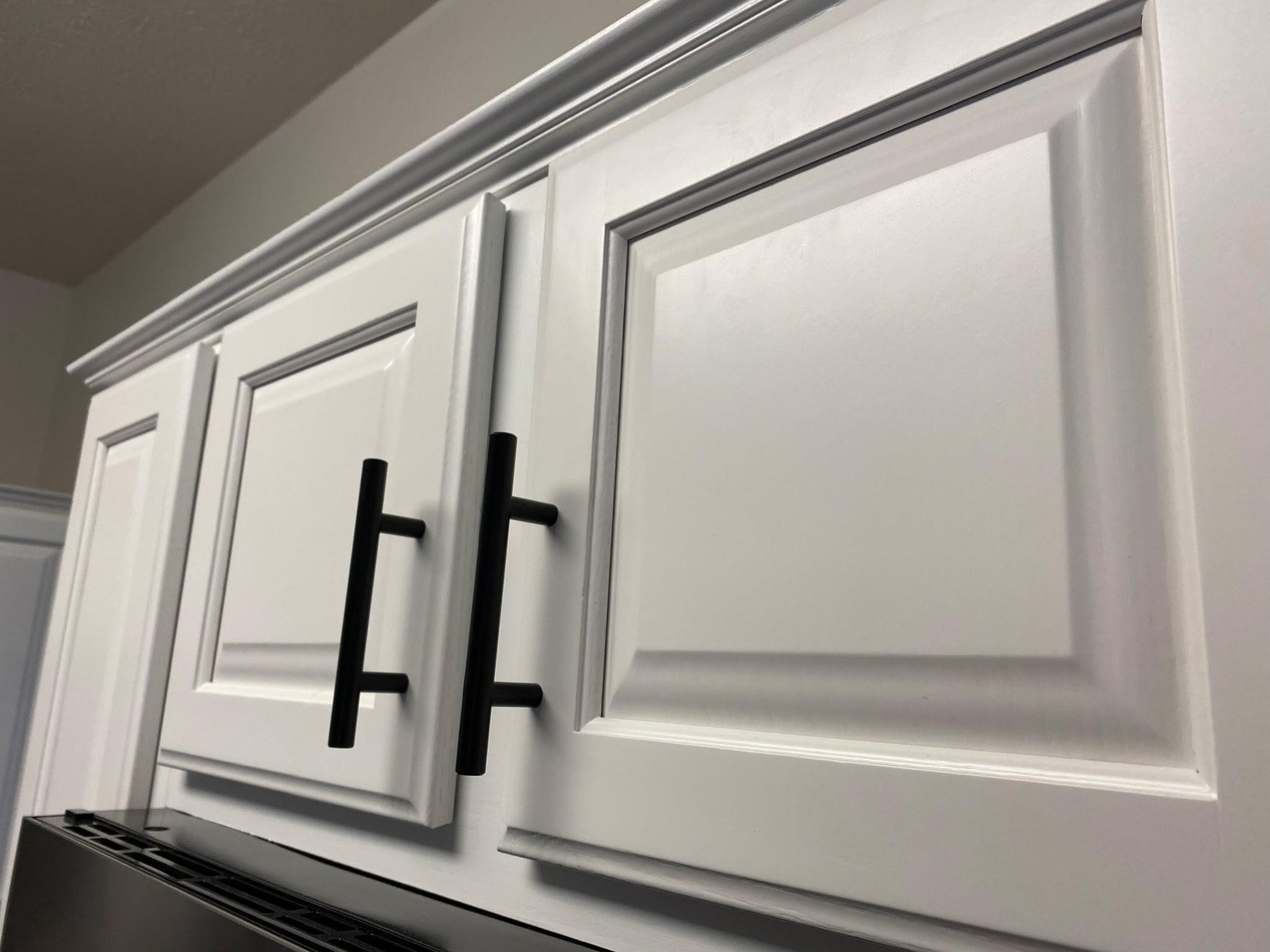

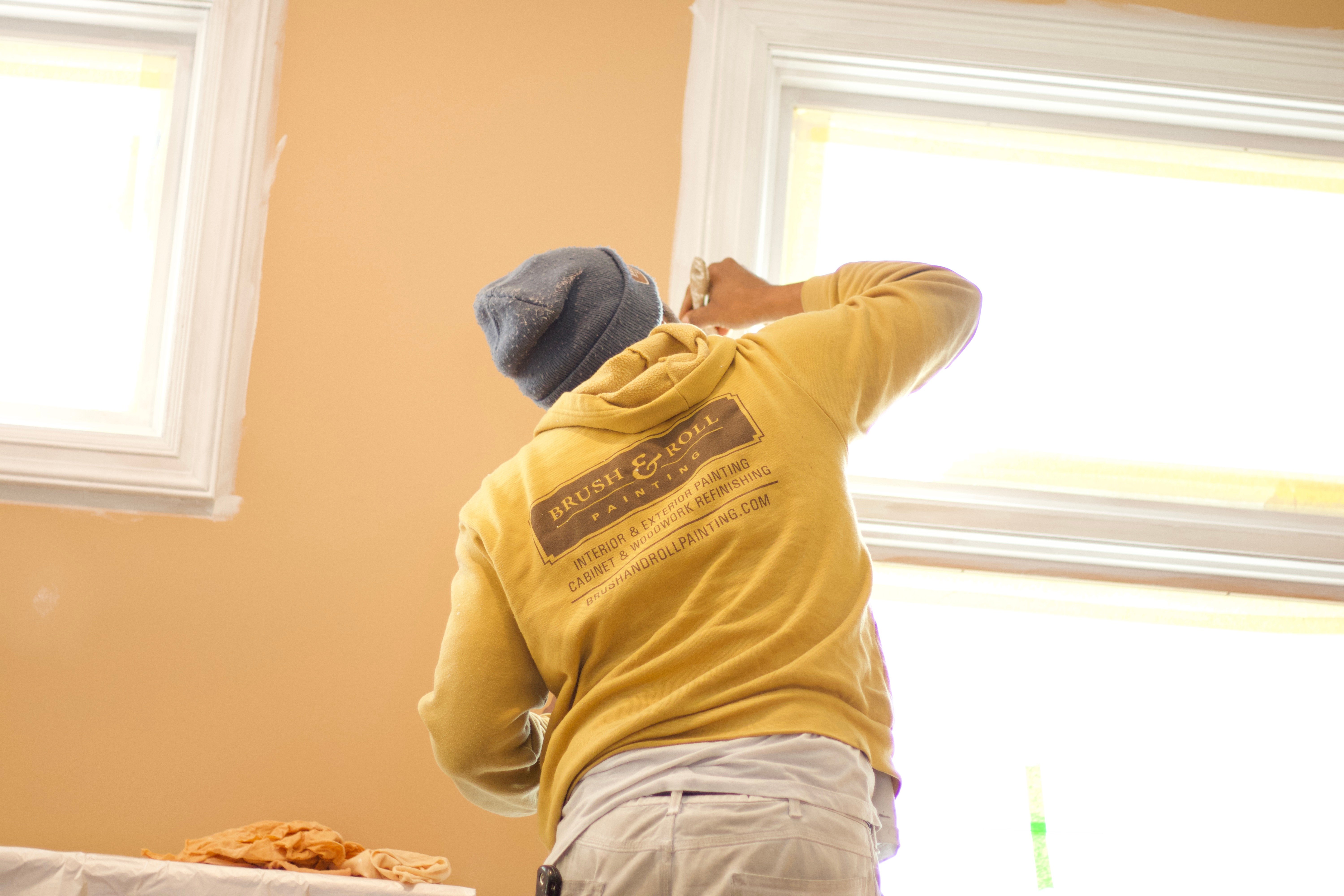
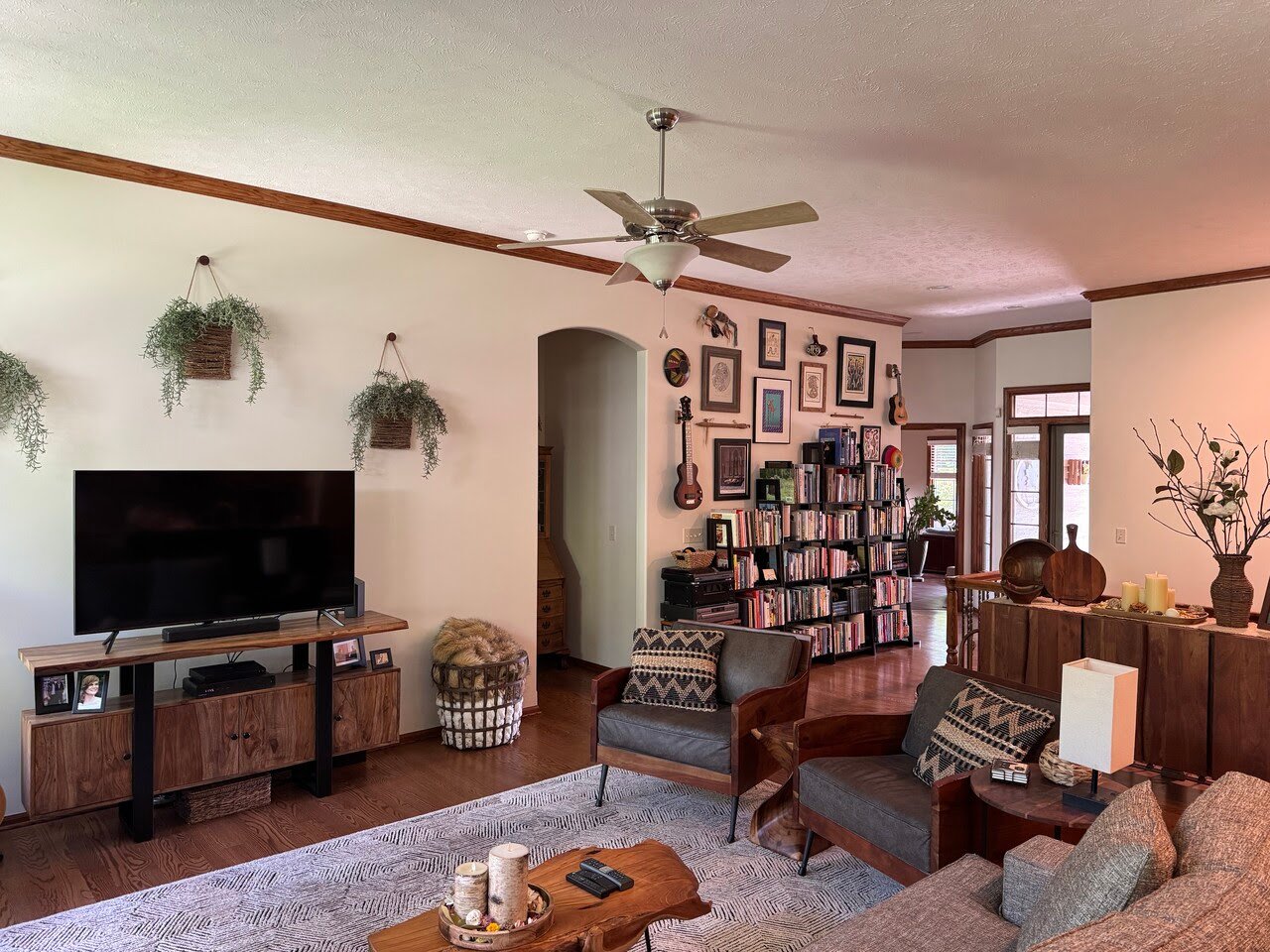
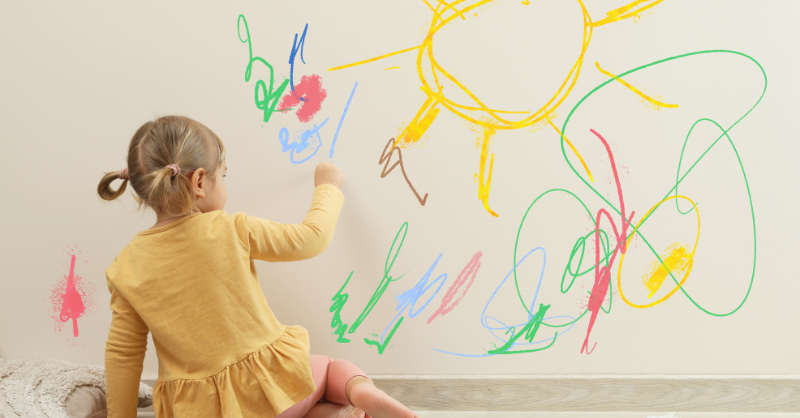
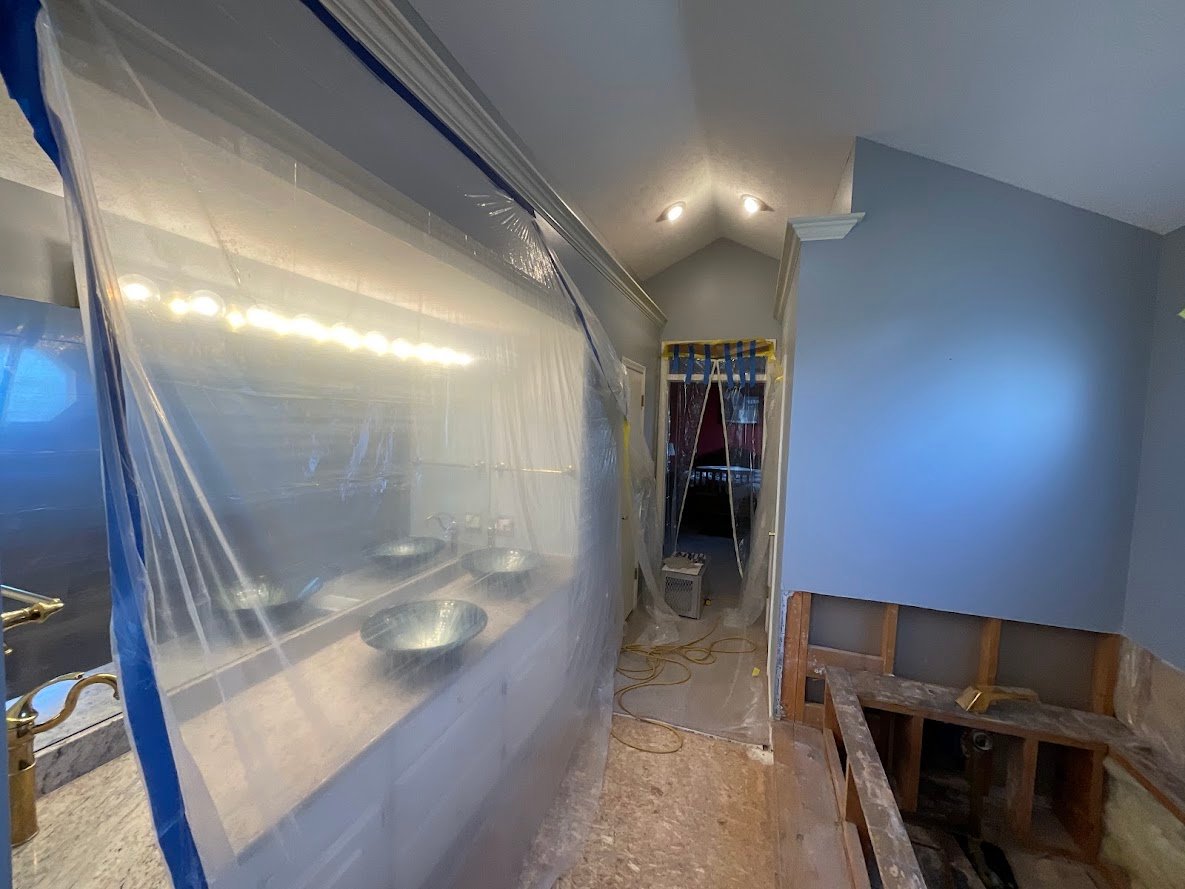
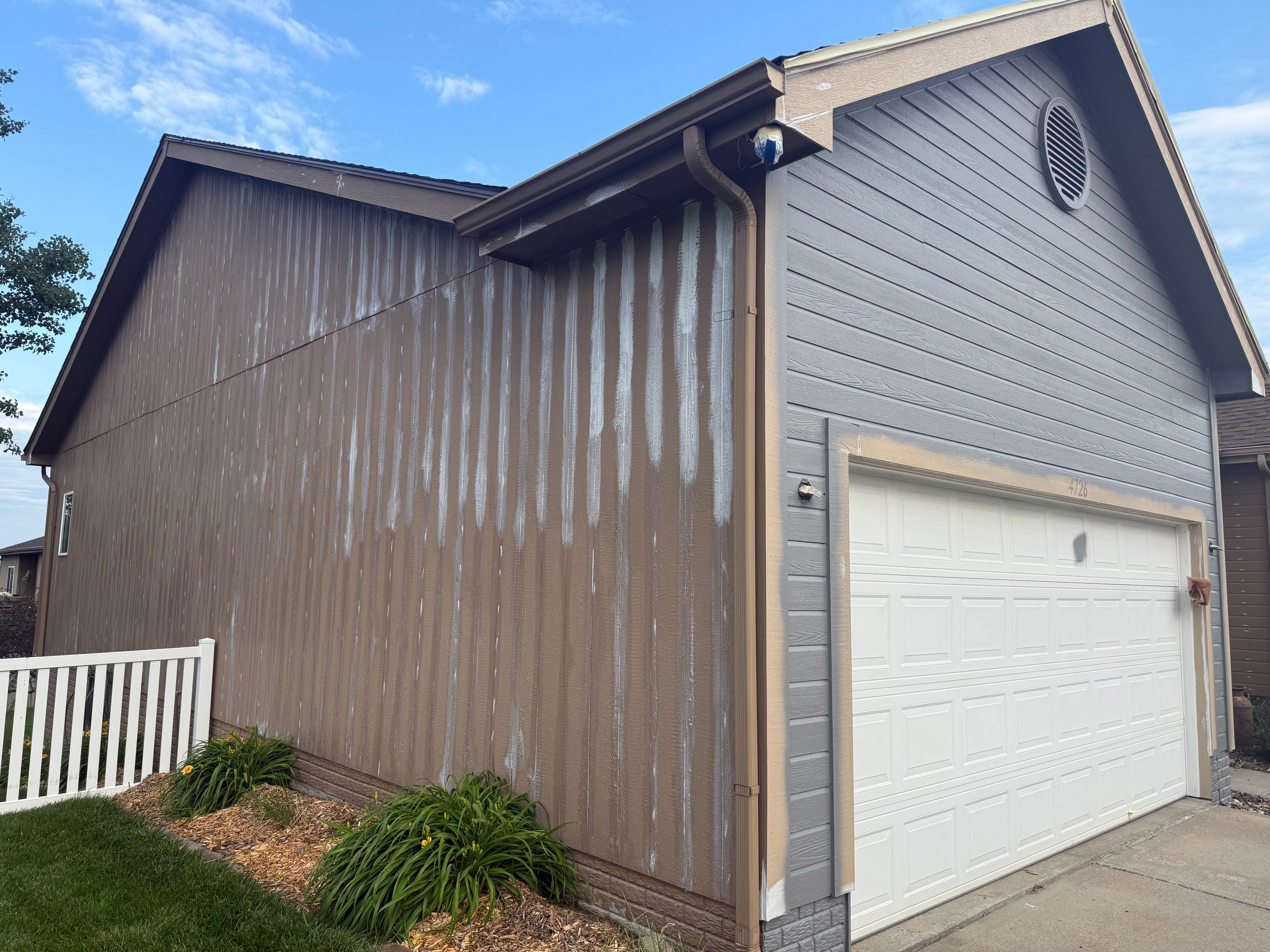
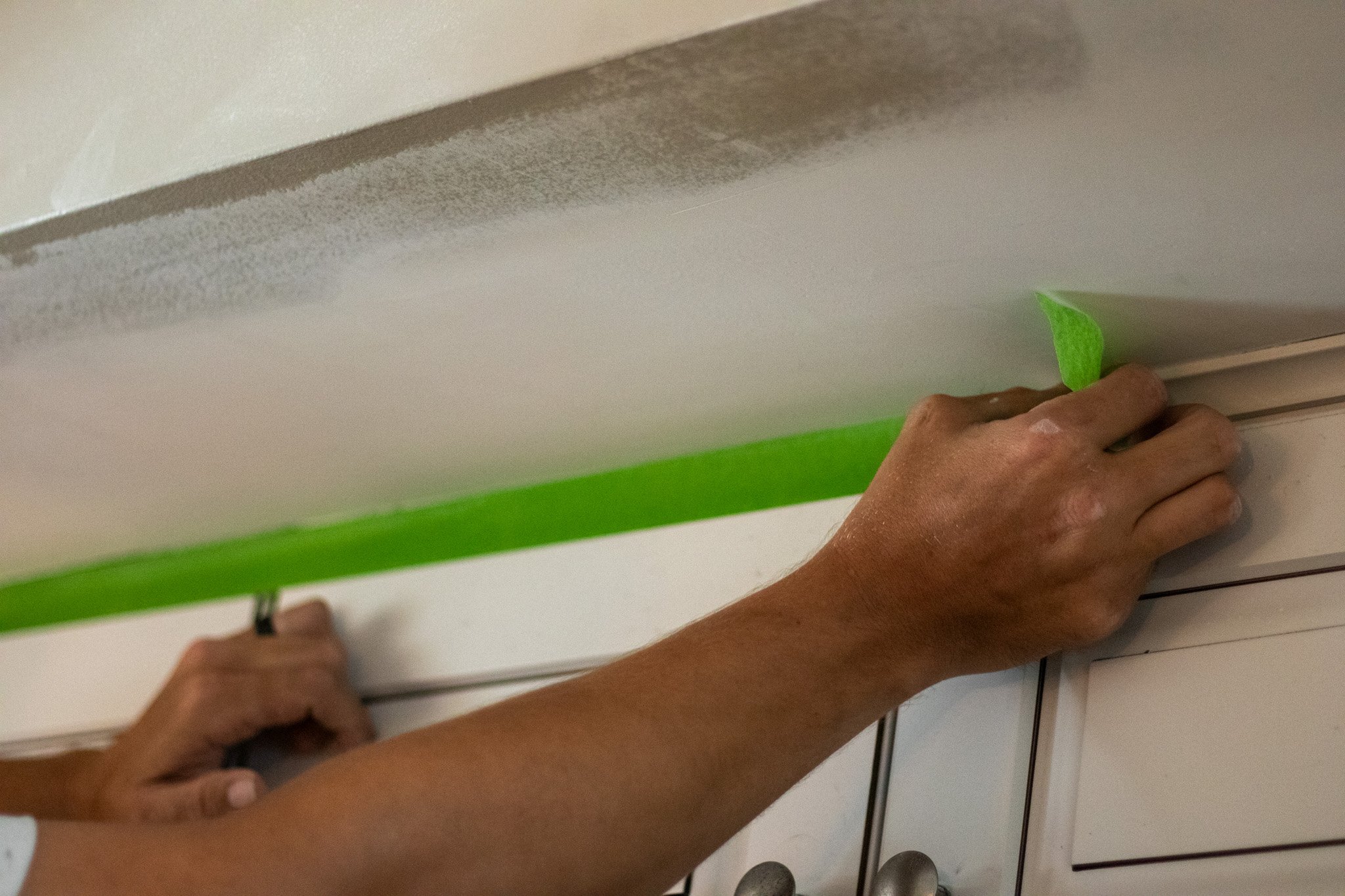
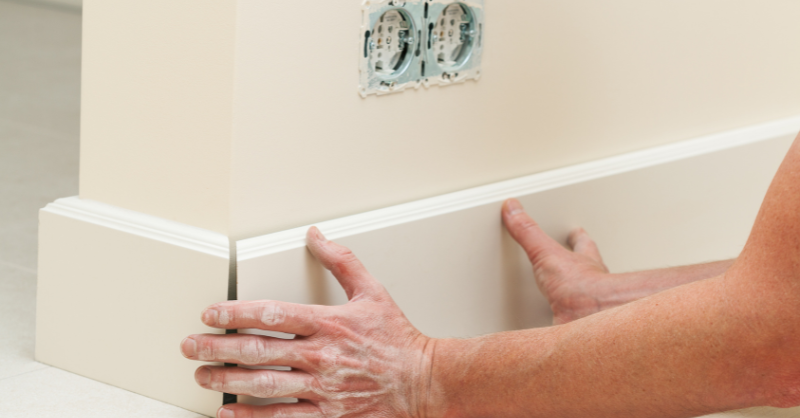
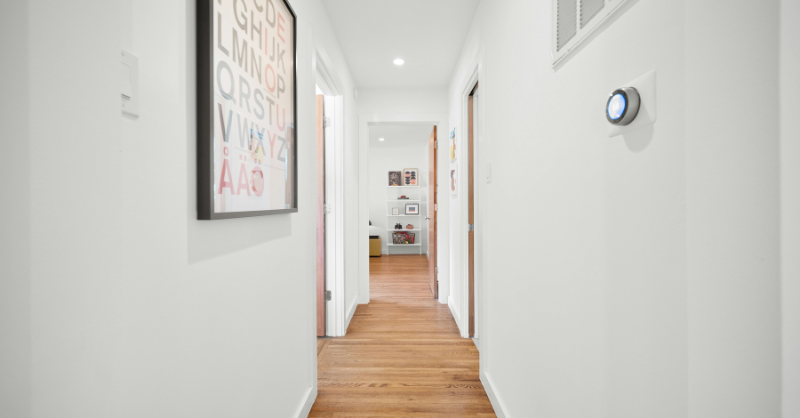
-1.jpg?width=1280&height=721&name=Havens%20after%204%20(1)-1.jpg)
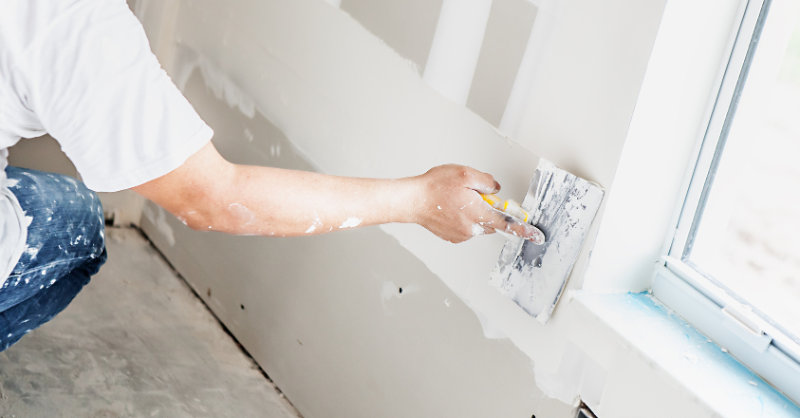
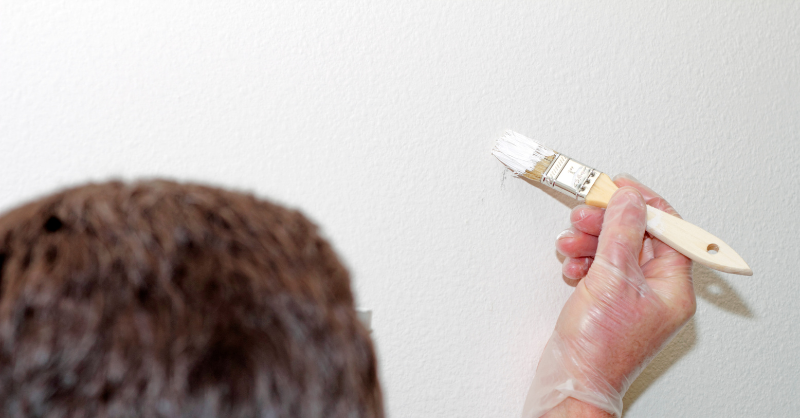
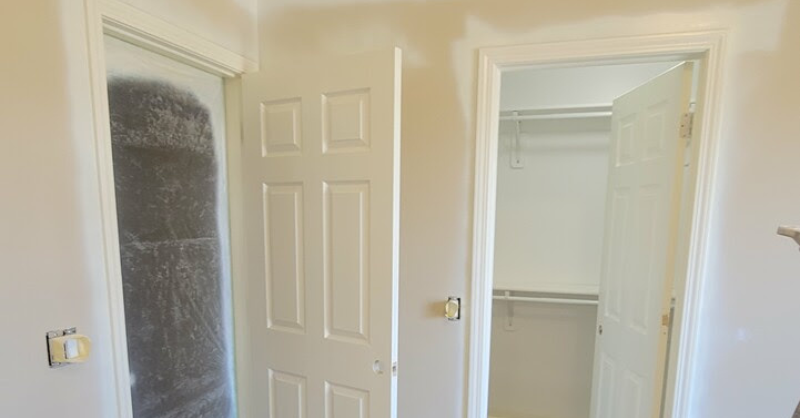
-Jul-03-2025-01-33-31-8507-PM.png?width=800&height=418&name=Blog%20Post%20Image%20Size%20(1)-Jul-03-2025-01-33-31-8507-PM.png)
